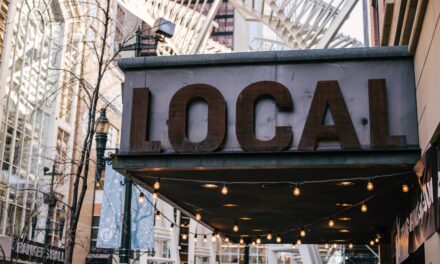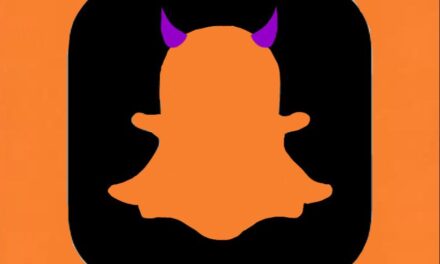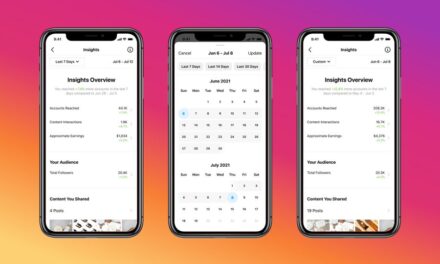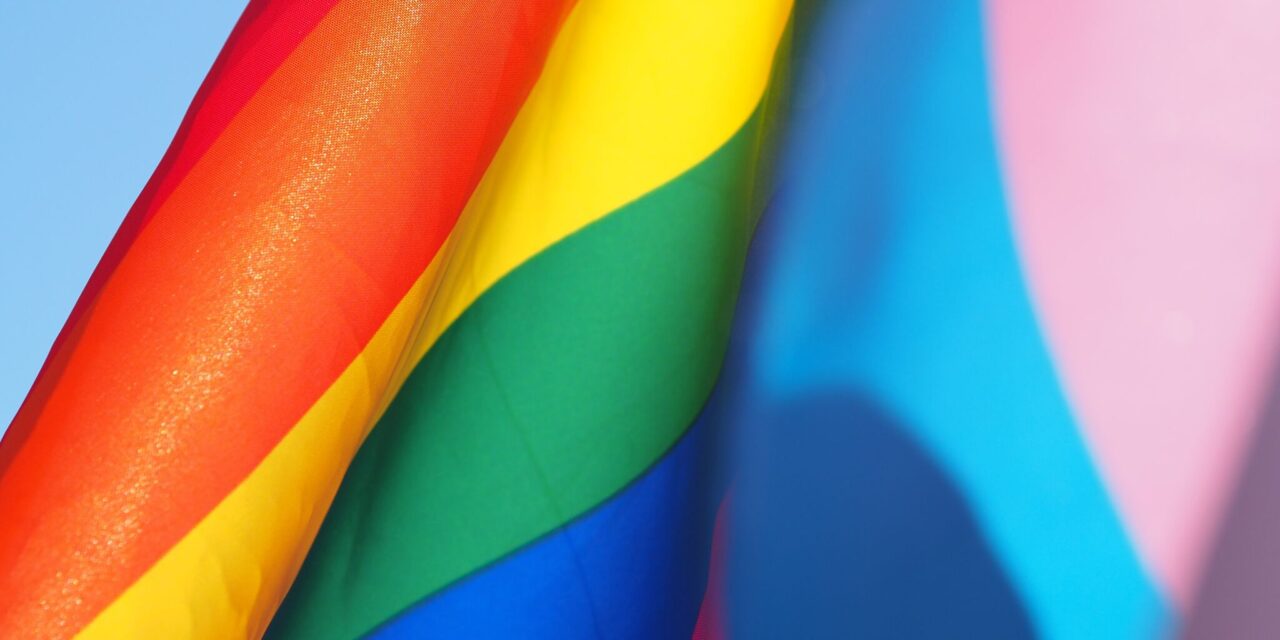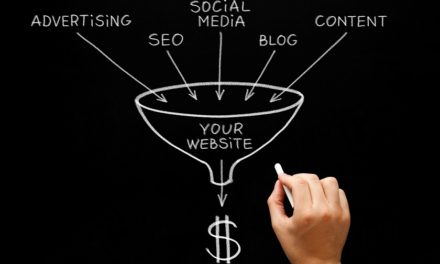If I were to predict a word of the year for 2021, it’d be “performative.”
The word is used by everyone from diversity, equity, and inclusion practitioners to conscious consumers describing socially minded efforts undertaken by corporations that feel hypocritical, insincere, or otherwise miss the mark.
As we continue through June, Pride month in the U.S., many of our social media feeds are filling up with rainbow logos (particularly, the “Philly Pride” variant, with black and brown stripes) and “Love Is Love” messaging. But this messaging, which might have felt revolutionary several years ago, seems to be losing people — even members of the LGBTQ+ community, the very people with whom these branding efforts are intending to show solidarity with.
Many members of the LGBTQ+ community are tired of “rainbow capitalism,” a term coined to describe how LGBTQ+ symbolism is being wielded by companies to heighten consumerism without leading to meaningful improvement for LGBTQ+ communities. Others take issue with “pinkwashing” — the use of LGBTQ+ symbolism to obfuscate or distract from human rights abuses and other injustices.
The heart of the debate is far more complex than “Does a rainbow logo do more good than harm?” The fundamental question that we should be considering, as companies and as consumers, is, “How should brands show what they stand for in an authentic, meaningful, and accountable way?”
This was precisely the question I was asked at a panel on branding and Pride several years ago. I was the only panelist not affiliated with a corporation on the panel, and my talking points were similar to what they are today:
“Folks like Marsha P. Davis and Sylvia Rivera, queer, trans people of color (QTPOC), who put Pride on the radar in the ’60s and ’70s, would be priced out of the corporate merchandise you’re selling today. QTPOC workers still aren’t earning a living wage in your companies and still face disproportionate and overwhelming rates of discrimination in your workplaces. Ultimately, companies that are far from inclusive environments for LGBTQ+ people have no right to market themselves and their products to our community. The rainbow logos are fragile façades of inclusivity hiding persistent inequality — and the truth will become clear sooner or later.”
I expected to hear panelists defending their brand’s Pride logos. But one executive surprised me.
“That’s why we don’t turn our logo rainbow for June,” she shared. “We do everything we can to make sure our company has a reputation of inclusivity and acceptance, and that consumers associate that with our normal logo, year-round.”
This is a powerful proposition, especially in this moment. Consumers who became well-versed in holding corporations accountable during the crucible of 2020 are doing the same now with their participation in Pride month, especially LGBTQ+ consumers, who commonly quip, “We are queer 365 days of the year.” Today, consumers want to see companies really walk the talk.
So, what should you do if you’re a well-meaning brand in 2021, hoping to market yourself to increasingly discerning customers? I’d urge you to strongly consider replacing your Pride-themed marketing efforts with initiatives that genuinely center the betterment LGBTQ+ communities, first and foremost. Before you make more white Skittles or rainbow Listerine bottles or Pride puns on merchandise, consider what might genuinely make a long-term impact for our community. Here are some places to start.
- Support queer and trans creators, users, partners, etc. who use your platform/product by highlighting their work, uplifting their causes, and ensuring a discrimination-free experience with your platform, products, and community.
- Establish forward-thinking policies and processes to support your queer and trans employees, from trans health care benefits and gender transition guidelines to paid parental leave for gay couples. When designing these policies and processes, recognize current trends: Queer and trans people are increasingly challenging the gender-binary, finding partnership without marriage, and living lifestyles beyond the gay white-picket-fence.
- Integrate LGBTQ+ advocacy with other social identity-based advocacy efforts (e.g., race, gender, ability) for consistent and ongoing collaboration inside and outside of Pride month.
- Invest in year-round contributions to and partnerships with LGBTQ+ communities and causes, especially those led by Black, Indigenous, and POC (BIPOC) communities, rather than limited-time Pride month donations or partnerships.
- Utilize your power and influence as a company to advocate for LGBTQ+ people during all 12 months of the year, whether refusing to do business with homophobic and transphobic institutions or lobbying on the side of LGBTQ+ rights and protections.
- Many corporations are wrapping up their Pride celebrations now, putting their leftover rainbow merchandise back into storage closets. Corporate leaders may think their obligation to the LGBTQ+ community fulfilled for 2021 with their Pride floats, month-long donation run, or rainbow marketing. Not so.
Whether or not you take my recommendations, understand this: The bar for approval from LGBTQ+ communities in 2021 has risen, and rainbow marketing just doesn’t cut it anymore. Consider retiring the rainbow logo next year. Let your actions between now and Pride 2022 demonstrate your commitment to the LGBTQ+ community, instead.
By Lily Zheng for Harvard Business Review.





